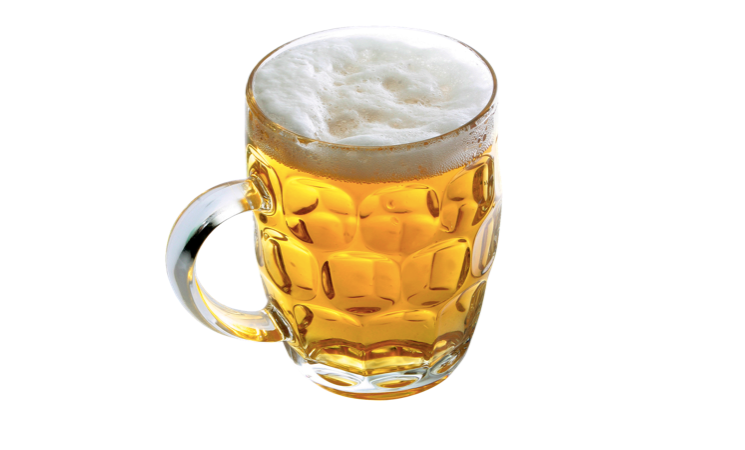
Why non-alcoholic beer is not the best sports drink
Advertising often suggests that alcohol-free beer is an optimal sports drink. However, we discourage non-alcoholic beer for our customers and athletes at YPSI.
The 5 main reasons why we do not recommend alcohol-free beer as a post-exercise drink or at any other time:
- The gluten from barley and possibly wheat is an inflammatory, indigestible gluten protein that many people have an intolerance to. It has a negative effect on the gut wall by "sanding away" the villi, reducing nutrient absorption and slowing down recovery.
- Plant estrogen from hops is another reason to avoid beer. Neither man nor woman need (additional) estrogen because, among other things, it lowers testosterone and promotes the accumulation of fat in our body, especially on the thighs and chest.
- Since it is permitted by law and since alcohol is a flavor carrier, most "alcohol-free" beers still contain up to 0.5 percent alcohol by volume. Admittedly, this amount (except for dry alcoholics) is negligible as far as intoxication and driving are concerned. Nevertheless, it is again more work for the liver, deprives the body of minerals and slows down regeneration, as compared to not consuming alcohol.
- The carbohydrates contained in beer are counterproductive for body fat and regeneration. Post-exercise carbs should only be consumed when you deserve them. That means if your body fat percentage is below 10% as a man or below 16% as a woman and the primary goal is to build muscle. And myself I prefer fast carbohydrates from fruit, juice or carbohydrate powders to a beer based on points 1, 2, 3 and possibly 5.
- In the case of Hefeweizen/unfiltered beer, the yeast is also added. The yeast bacteria and the intestinal flora do not get along very well. This can usually lead to digestive problems, reduced nutrient absorption in the intestine and increase in body fat in the abdominal area.
Like many sports drinks on the market, beer is isotonic. An attribute that is often used for advertising.
Iostonic is better than hypertonic. However, the best solution as a sports drink is a hypotonic solution.
In principle, beverages or liquids can be hypertonic, isotonic or hypotonic.
Hypertonic means the drink has a higher osmotic pressure than human blood. Such drinks are the worst case, examples are cola or pure fruit juice. They deprive the body of water in the short term rather than hydrating/rehydrating you quickly. In addition, the high sugar content and hypertonic properties ensure slow gastric emptying.
Isotonic means that the drink has the same osmotic pressure as human blood. For a quick recording, this is better than hypertonic, but not optimal.
Hypotonic solutions are more suitable for this. Hypotonic means that the drink has a lower osmotic pressure than human blood. This ensures faster absorption and a shorter residence time in the stomach.
A good example of this would be a mixture of 1/4 juice with 3/4 water. Such a drink in combination with amino acids and electrolytes is recommended for longer training sessions of well over an hour - thus primarily endurance loads.
Conclusion: For loads that are common in strength training, we simply recommend our customers water or a mixture of amino acids and electrolytes in water. In this way, the body is optimally hydrated and remains efficient.
